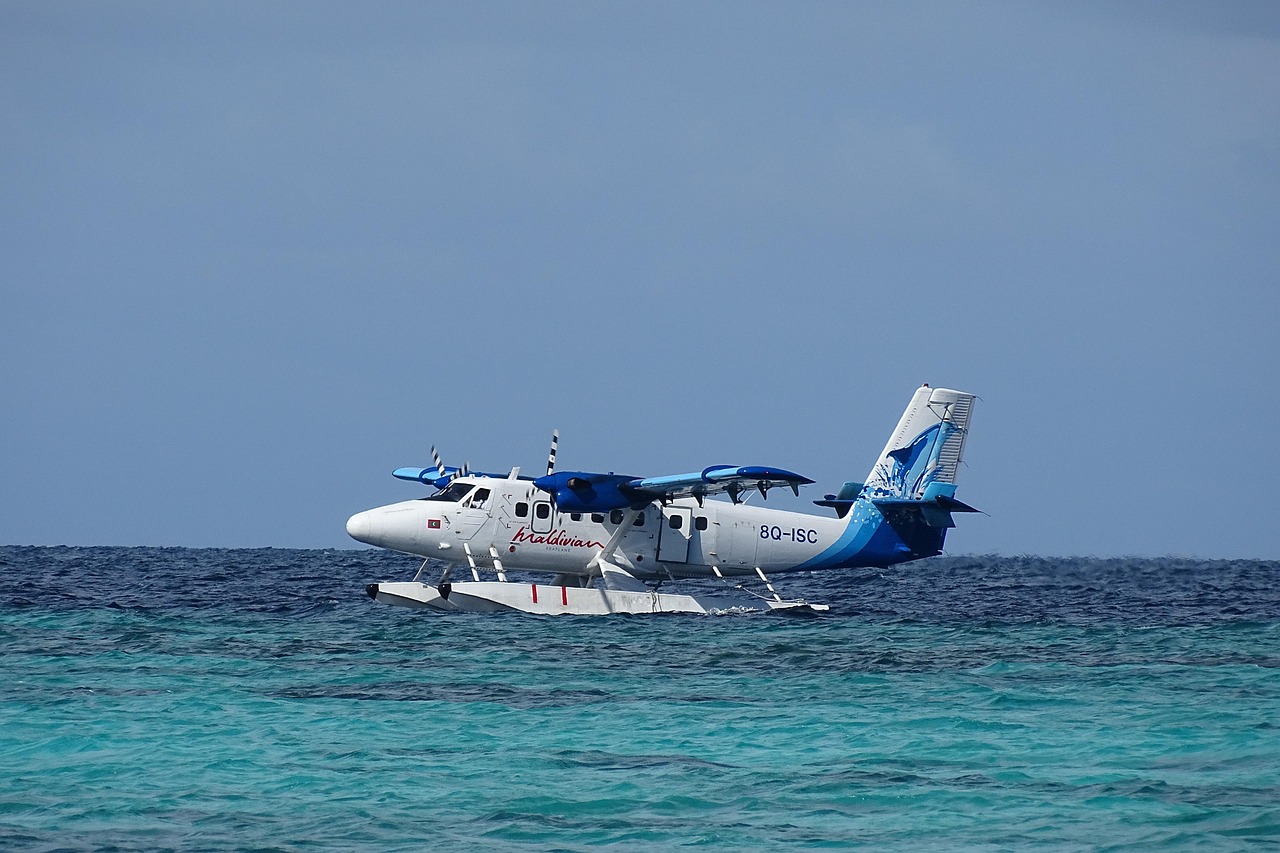Discovering the Hidden Charm of Seaplane Travel
From the romanticized tales of the famous Pan Am Clippers in the 1930s to the thrilling seaplane chase scenes in modern action movies, seaplanes have always held a unique place in aviation and travel culture. This article delves into the rich history, current trends, and practical aspects of seaplane travel, offering a fresh perspective on this lesser-explored mode of transportation.

History of Seaplanes: A Flight Down Memory Lane
Seaplanes, also known as amphibious aircraft, were born out of necessity. With the advent of aviation in the early 20th century, the potential for using bodies of water as natural landing and take-off zones quickly became apparent. The first successful seaplane flight took place in 1910, marking the start of a new era in both aviation and travel. For decades, seaplanes were the preferred choice for long-distance travel, especially transatlantic flights, before the advent of long-range land planes and large airports.
Seaplanes Today: Riding the Waves of Modern Trends
Although largely replaced by land-based aircraft for long-haul flights, seaplanes have found a niche in the modern travel scene. They are now treasured for their ability to reach remote destinations inaccessible by traditional means. Whether it’s the untouched wilderness of Alaska, the scenic islands of Maldives, or the secluded beaches of the Caribbean, seaplanes open up a world of new travel experiences.
The Seaplane Advantage: Fly and Float
Seaplanes offer several unique advantages over other modes of transportation. Their ability to land and take off on water gives them unmatched versatility, making them ideal for areas with limited infrastructure. Furthermore, the bird’s eye view from a seaplane is a breathtaking experience that cannot be replicated by other means of travel.
Challenges and Impact: Navigating the Skies and Seas
Despite their benefits, seaplanes also face certain challenges. Strict regulations, weather conditions, and high operating costs can be potential barriers. However, companies across the globe are investing in new technologies, like electric propulsion, to make seaplane travel more sustainable and cost-effective.
Key Takeaways and Practical Tips
- Seaplane travel provides exclusive access to remote destinations.
- Always check the weather conditions before a seaplane flight.
- Pack light, as seaplanes often have stricter baggage restrictions.
- Ensure you choose reputable operators with a strong safety record.
- Embrace the adventure and enjoy the stunning vistas from above!
In conclusion, seaplane travel offers an exciting alternative to conventional travel modes. By embracing the unique advantages and acknowledging the challenges, travelers can open themselves to a whole new world of experiences. It’s about time we rekindled our love for these remarkable aircraft and let them transport us on incredible journeys to places we’ve only dreamed of.




